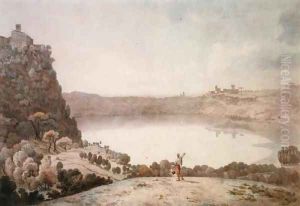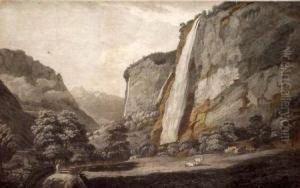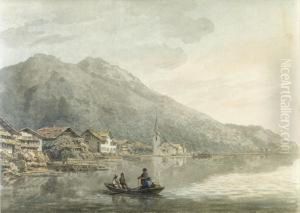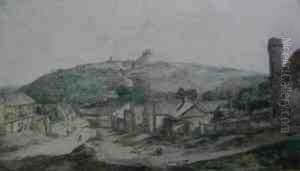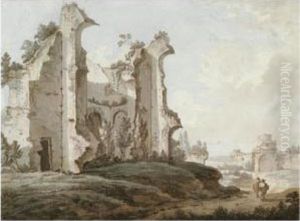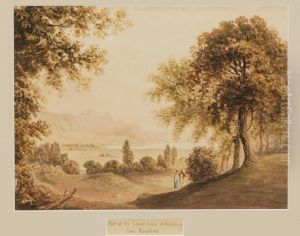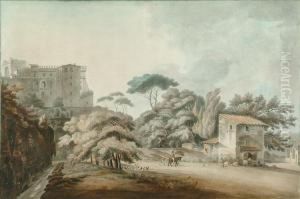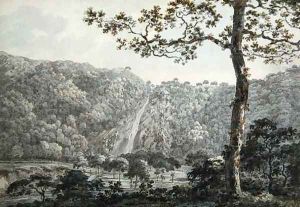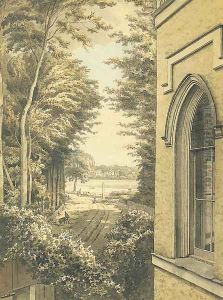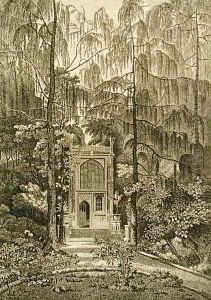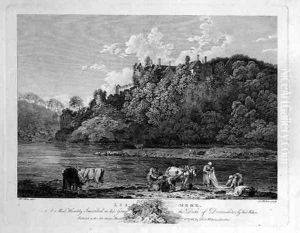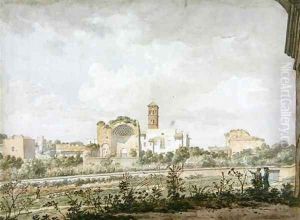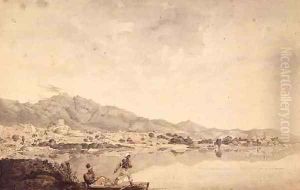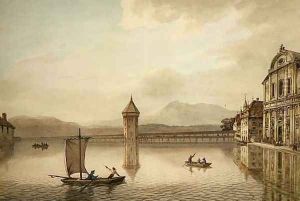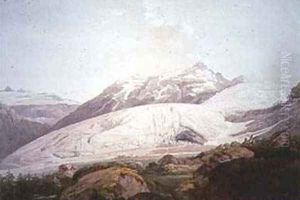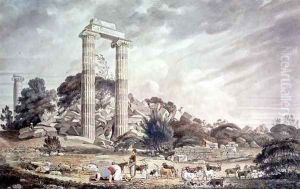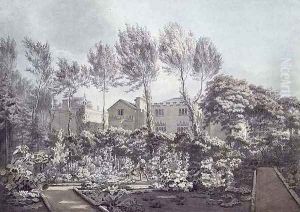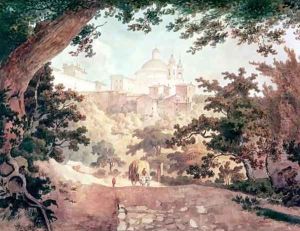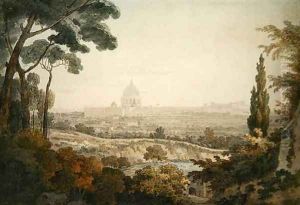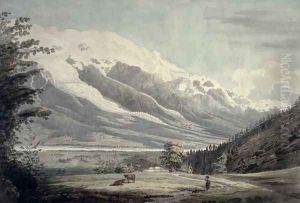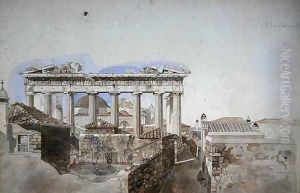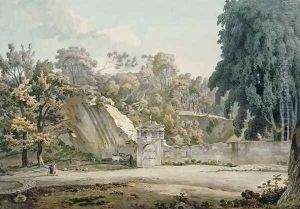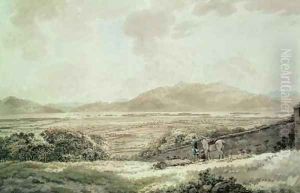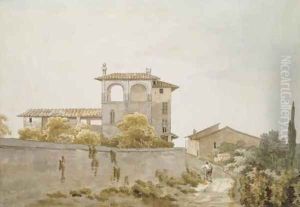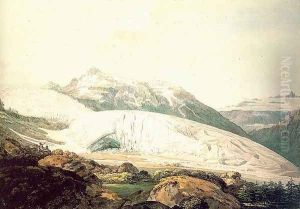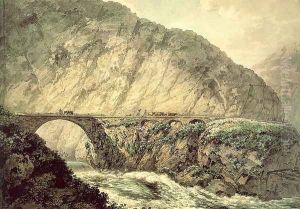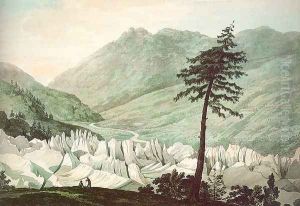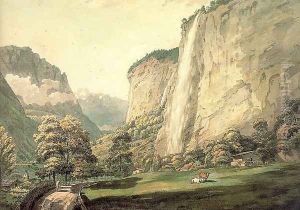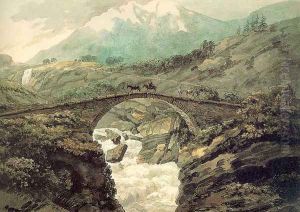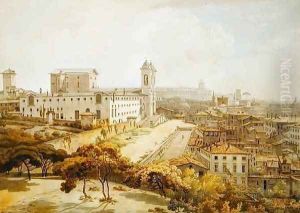William Pars Paintings
William Pars was an English watercolour portrait and landscape painter, draughtsman, and illustrator of the 18th century. Born in London in 1742, Pars became known for his work in watercolors and his skill in capturing the subtle nuances of light and atmosphere in his landscapes. He studied at Shipley's Drawing School and later at the St. Martin's Lane Academy, where he developed his artistic skills.
Pars' early work included illustrations for books and magazines, contributing to the popularity of such publications in his time. In 1761, he exhibited at the Society of Artists and in 1769 was elected an Associate of the Royal Academy. Pars' paintings often depicted ruins and landscapes, which were popular subjects during the era of Romanticism. His work was characterized by a fine attention to detail and a delicate handling of watercolors.
One of Pars' most notable contributions to the art world was his participation in an expedition to the Mediterranean from 1764 to 1766, led by Richard Chandler. The purpose of the expedition was to study and document ancient Greek civilization. During this journey, Pars created drawings and watercolors of landscapes, antiquities, and ruins, which were later engraved and published, providing important visual records of classical sites.
Unfortunately, William Pars' career was cut short when he died prematurely in 1782, at the age of 40. Despite his brief career, his works are held in high regard and have been collected by various institutions, including the British Museum and the Yale Center for British Art. His contributions to the art of watercolor and his role in documenting historic sites continue to be appreciated by art historians and enthusiasts alike.
